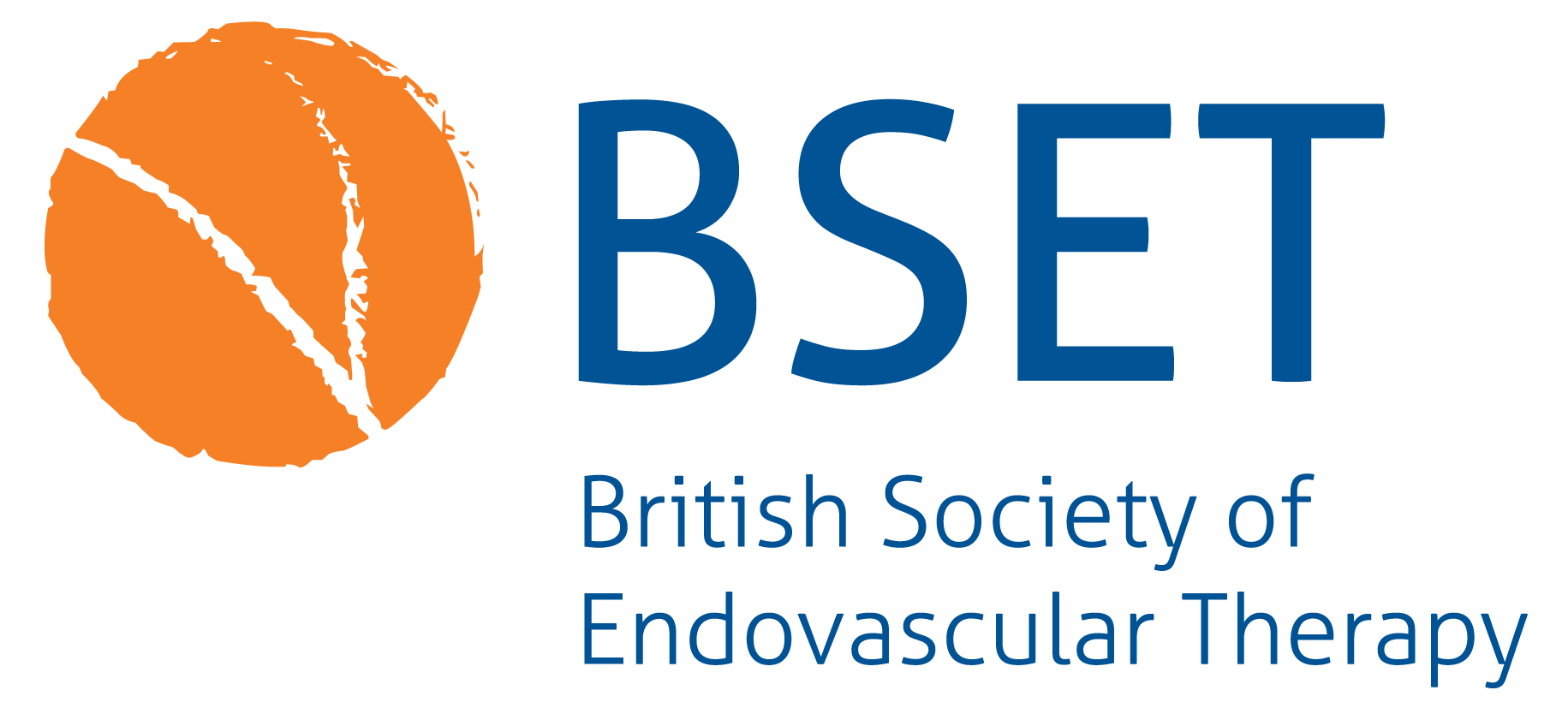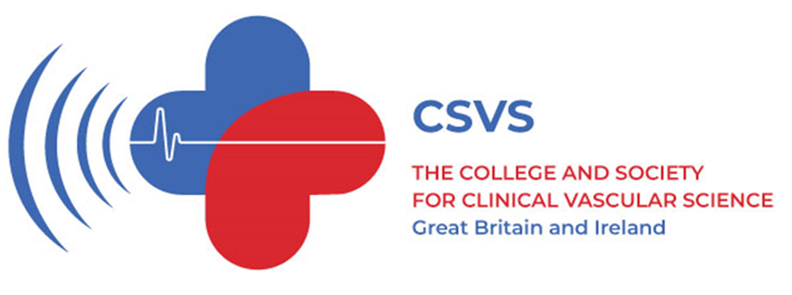Original Research
What’s the denominator? An 8-year audit of ruptured abdominal aortic aneurysm outcomes, including rates of conservative and palliative management
Introduction In the UK, more than 4,900 deaths annually are attributed to aortic pathologies,1 with aneurysms and dissections being the leading causes, particularly in men over 65. Aneurysms, often undetectable until rupture, are at higher risk of rupturing if they exhibit pain, increase in size by more than 1 cm/year or have diameters larger than…
The Vascular Society of Great Britain and Ireland and Rouleaux Club membership survey on the role of Physician Associates in vascular surgery
Background Physicians Associates (PAs) were first introduced in the UK in 2003. They work under the supervision of doctors and undertake day-to-day tasks in general practice and hospital settings. They undertake a two-year postgraduate degree which focuses on the general aspects of adult medical care.1 PAs are not part of the medical or nursing staff…
Management of VTE following superficial endovenous treatment: a global survey
Introduction Superficial endovenous interventions have become the gold standard for treating symptomatic varicose veins, with multiple guidelines recommending these procedures where appropriate.1,2 However, venous thromboembolism (VTE) – encompassing deep vein thrombosis (DVT) and pulmonary embolism (PE) – is a recognised complication of these procedures, with reported rates of up to 3.4%.3 The severity of VTE…
Standards of radiation protection amongst UK vascular surgeons: a clinician’s perspective
Background The rapid evolution of endovascular technologies over the past 30 years has driven an exponential rise in the number of x-ray guided minimally invasive procedures undertaken by clinicians, including vascular surgeons, interventional radiologists, angiologists and cardiologists. In the UK approximately 60% of all aortic cases are performed endovascularly1 compared with just 1% in 2001;…
Current practice in ultrasound grading of carotid artery stenosis in the UK and Ireland
Introduction The degree and severity of a stenosis near the carotid bifurcation and internal carotid artery (ICA) will determine the risk/benefit relationship for a patient undergoing carotid endarterectomy surgery.1 The diagnostic accuracy of duplex ultrasound in grading ICA stenoses is comparable to computerised tomographic angiography (CTA) and magnetic resonance angiography (MRA), and it remains an…
The prevalence and solutions to burnout amongst surgical trainees
Introduction Following the COVID-19 pandemic, healthcare workers in the UK suffer high psychological distress.1 Increasing attrition rates globally, especially among female surgical trainees, highlight the need for prioritising surgical trainee well-being.2–4 However, there are limited data on the mental well-being and burnout experienced by surgeons and surgical trainees. Burnout is a syndrome comprising emotional exhaustion,…











